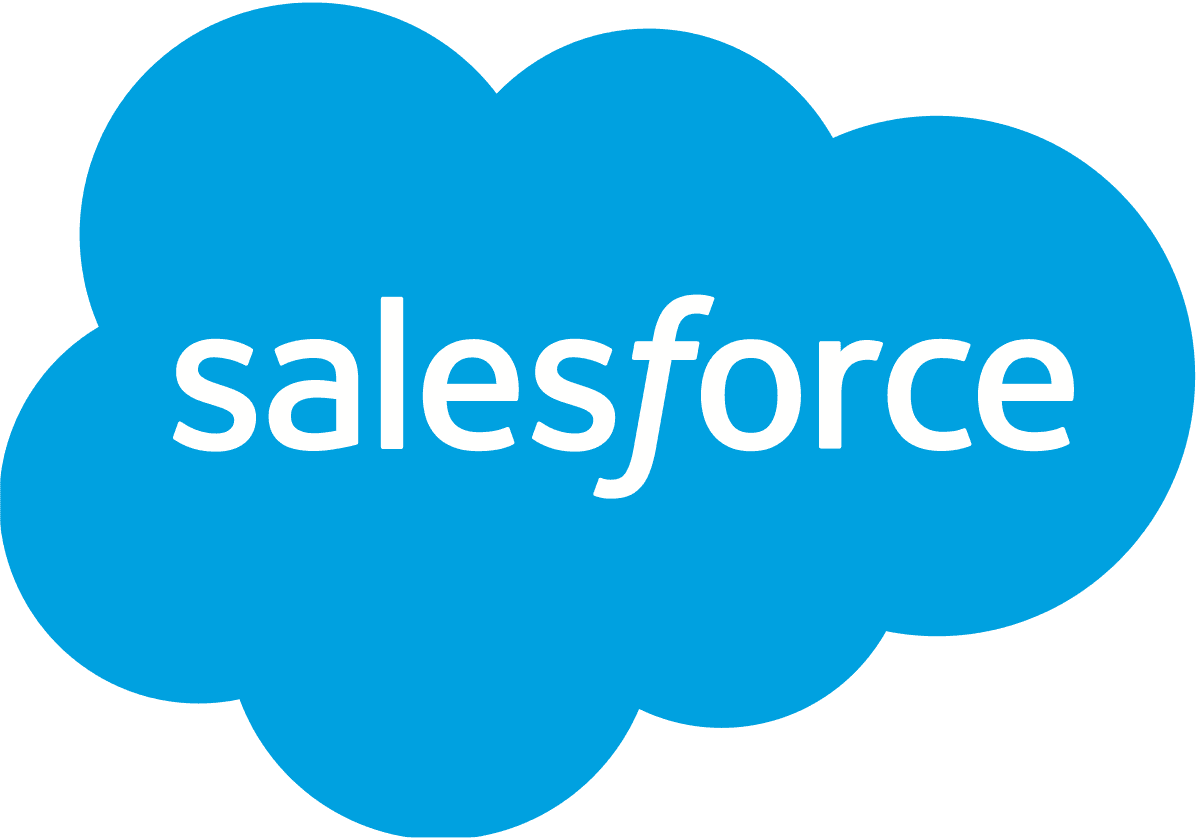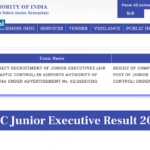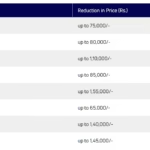As we step into 2025, Salesforce stands tall as more than just a customer relationship management (CRM) platform—it’s now a full-fledged AI-powered business ecosystem that is shaping the future of customer experience, business intelligence, and enterprise automation. Since its inception in 1999, Salesforce has constantly evolved, adapting to emerging technologies and market demands. In 2025, it continues to lead the digital transformation across sectors by placing AI, data, and automation at the center of its innovation strategy
This blog dives into Salesforce’s current capabilities, its evolution, major 2025 developments, and the impact it’s making across industries worldwide.
1. Salesforce’s Journey: From CRM to Intelligent Cloud Ecosystem
Salesforce began as a simple online CRM tool with a mission to “end software.” Fast forward to 2025, and it has grown into a vast ecosystem of cloud-based applications covering sales, service, marketing, commerce, analytics, and now—generative AI.
Its product portfolio includes:
- Sales Cloud – For automating sales workflows.
- Service Cloud – To enhance customer service operations.
- Marketing Cloud – To run data-driven campaigns.
- Commerce Cloud – For B2C and B2B e-commerce.
- Tableau – For powerful business analytics.
- Slack – For collaboration.
- MuleSoft – For API integrations.
- Einstein AI – For predictive and generative AI solutions.
By 2025, all of these platforms are natively integrated with Salesforce Data Cloud and Einstein 1 AI, giving enterprises a seamless experience across the customer lifecycle.
2. What’s New in Salesforce 2025?
2025 has been a landmark year for Salesforce with a slew of new features and product improvements aimed at deepening the role of AI in enterprise decision-making.
a) Einstein 1 Platform Evolution
Salesforce’s Einstein platform has transitioned from just a predictive engine to a full-fledged generative AI assistant. With Einstein Copilot, users across sales, service, and marketing can now perform complex tasks like generating emails, creating reports, summarizing interactions, and forecasting trends—all through natural language prompts.
Einstein 1 now supports multi-language GPT models, role-based AI assistants, and guardrails to ensure compliance and ethical AI use.
b) Hyperforce Global Expansion
Salesforce’s global infrastructure, Hyperforce, now supports more regions than ever, including India, South Africa, and Latin America. Hyperforce allows enterprises to deploy Salesforce apps on public cloud platforms like AWS, Azure, or Google Cloud with region-specific data compliance, improving security and latency.
c) Slack GPT Integration
Slack, acquired by Salesforce in 2021, is now more tightly integrated with the CRM ecosystem. Slack GPT allows employees to:
- Automatically summarize customer conversations
- Pull CRM data into chats
- Schedule follow-ups using natural language
In 2025, Slack has become the central hub for cross-team collaboration inside Salesforce, reducing context switching between tools.
d) Data Cloud + AI for Real-Time Personalization
Salesforce’s Data Cloud aggregates structured and unstructured data from multiple sources—social media, websites, mobile apps, CRMs, and third-party APIs—into a real-time customer graph. This allows businesses to create 360-degree views of customers, enabling hyper-personalized experiences powered by AI.
Retailers, banks, and healthcare providers are now using Data Cloud to trigger real-time alerts, offers, and service updates based on behavior and context.
3. Impact Across Industries
Salesforce is no longer just for tech companies or sales teams. Its applications have expanded into healthcare, finance, government, education, and manufacturing. Here’s how it’s transforming industries in 2025:
a) Retail and E-Commerce
Salesforce Commerce Cloud, combined with AI, now helps retailers:
- Optimize inventory using demand forecasting
- Provide virtual shopping assistants via Einstein Copilot
- Personalize every product recommendation
Large e-commerce platforms are using Salesforce to run dynamic pricing engines, real-time sentiment analysis, and targeted push notifications.
b) Banking and Finance
In 2025, BFSI companies use Salesforce Financial Services Cloud to:
- Create unified profiles of customers from KYC, transaction, and behavior data
- Automate onboarding and lending processes
- Detect fraud using AI-driven pattern analysis
Salesforce’s tight security and data compliance also meet stringent financial regulatory requirements.
c) Healthcare and Life Sciences
With Health Cloud, doctors and providers are able to deliver patient-centric care. In 2025, major hospitals are using:
- AI-assisted patient follow-ups
- Integrated EHR (Electronic Health Records) via MuleSoft
- Mobile apps for remote diagnostics
Especially post-pandemic, telemedicine and AI-driven case handling have become the norm.
d) Education and Government
Salesforce.org (the nonprofit arm) is helping educational institutions and governments improve outreach. From managing alumni networks to delivering public services digitally, Salesforce is powering change at scale.
4. Salesforce and the AI Race
With the boom of AI models from OpenAI, Google DeepMind, and Meta, Salesforce is keeping pace by:
- Partnering with OpenAI, Anthropic, and Cohere to offer AI model flexibility within Salesforce apps.
- Launching AI Cloud: a platform for enterprises to train their own custom LLMs using Salesforce data.
- Enforcing trust layers that ensure enterprise-grade data privacy, access control, and explainability in AI outcomes.
Unlike generic AI tools, Salesforce’s AI is context-aware—it uses CRM data to generate actionable and relevant outputs, not just generic content.
5. Sustainability and Ethics in Tech
Salesforce has reaffirmed its Net Zero commitment by 2030, and in 2025, it’s taking major steps:
- All Salesforce data centers now run on 100% renewable energy
- Its “Net Zero Cloud” helps clients track carbon emissions and ESG (Environmental, Social, and Governance) data
- It has embedded ethical AI guidelines into Einstein to prevent algorithmic bias and misuse
In an era where digital trust matters, Salesforce leads by example in sustainability and responsible tech.
6. Developer and Partner Ecosystem
Salesforce in 2025 is also a paradise for developers. With low-code tools, Flow Builder, Apex, and Lightning Web Components (LWC), developers can build and deploy apps at scale.
The AppExchange—Salesforce’s marketplace—now boasts over 10,000 apps ranging from finance to HR. Plus, with Trailhead, Salesforce continues to upskill millions globally, promoting accessible tech careers.
7. Market Position and Growth Outlook
Salesforce currently holds a dominant 23% share in the global CRM market, well ahead of competitors like Microsoft Dynamics, Oracle, and SAP. Its focus on AI and ecosystem integration is expected to push its revenue well past $50 billion annually by FY2026.
India, Southeast Asia, and Africa have emerged as growth engines for Salesforce, driven by cloud adoption among SMEs and digital-first government initiatives.
8. What the Future Holds: Predictions Beyond 2025
While 2025 is already a transformative year, Salesforce’s roadmap hints at several future innovations:
- AI agents that can autonomously manage sales and support workflows
- Voice-enabled CRM navigation via mobile
- Blockchain-based CRM entries for fraud prevention
- Deeper quantum computing partnerships for predictive analytics
Salesforce is also likely to continue acquiring startups in AI, analytics, and vertical SaaS to further consolidate its ecosystem.
Conclusion: Salesforce 2025 and the Future of Work
Salesforce in 2025 is more than just a CRM—it’s the nervous system of modern enterprises. With its focus on AI, data, and ethical innovation, it empowers companies to engage smarter, work faster, and serve better.
Whether you’re a startup, a global brand, or a government agency, Salesforce offers tools that are modular, intelligent, and future-ready. Its constant reinvention ensures that it’s not just surviving the AI revolution—but actively shaping it.
If the 2020s were about going digital, the second half of the decade, with Salesforce at the helm, will be about going intelligent.










